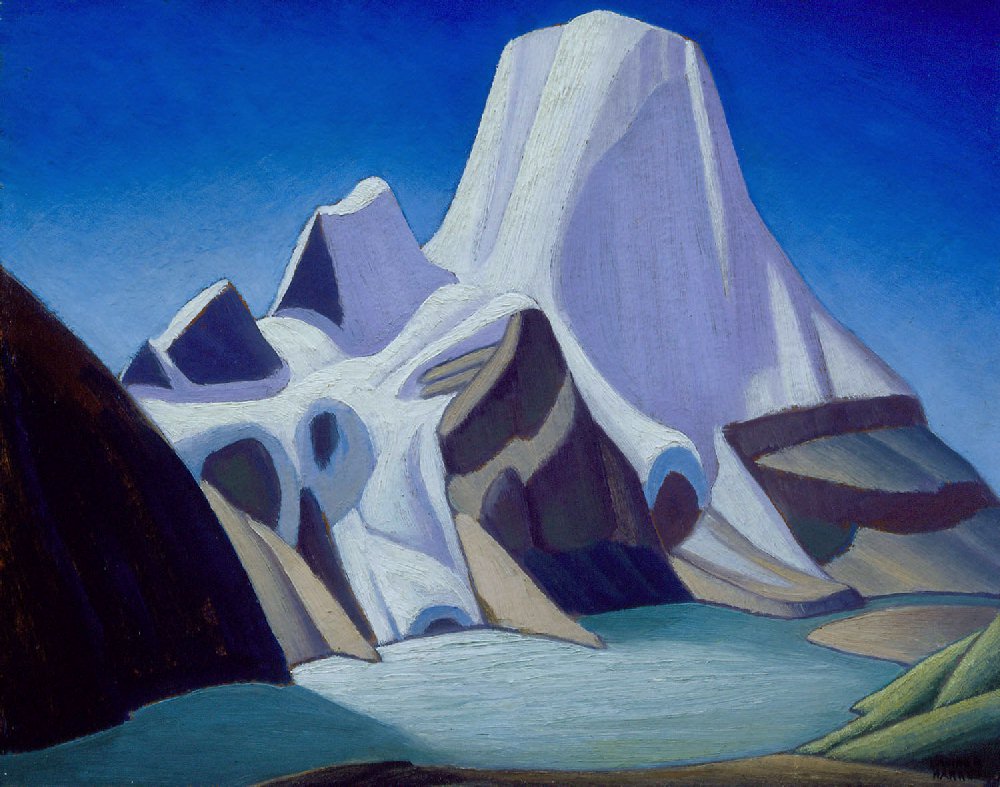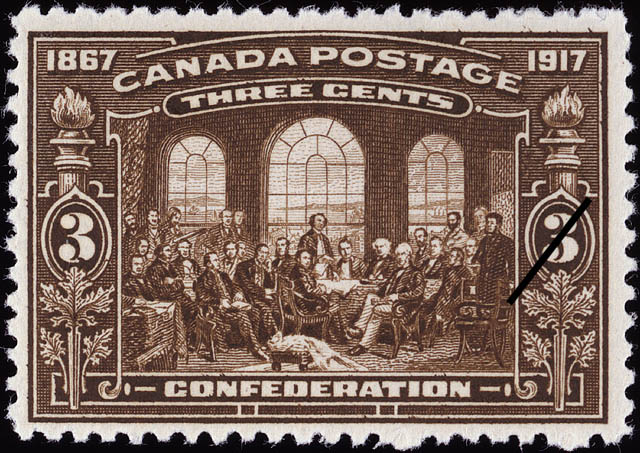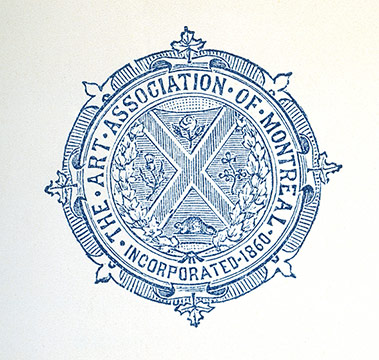I'd like to wrap things up with Carr and her work, to summarize what I've learnt alongside contemporary and historical analysis of her phenomenon. Mostly I think that Carr herself was soaked in colonial thought, perhaps most importantly in the discourse that "Indians" were a dying people, instead of a culture in which a lot of people were dying. This approach should come as no surprise however, given the clearly articulated intentions of British government officials to make Natives "disappear". This should, put into modern daylight, serve in no way to justify racist implications by Carr. These are history lessons, but it is while evaluating tough topics like these that we tie the past into a broader picture. Why re-evaluate past icons under a contemporary light? Why criticize today what people yesteryear had no way of understanding? The answer lies in the future. We are re-evaluating them because they have been woven into our euro-centric popular culture's fabric, and in so being are a part of our individual fabric without us even knowing. I became incredibly frustrated with the setting. While criticizing the dominance of white British colonizers, here we were, in great majority white anglo-saxons (if not in totality), sitting comfortably at Mount Allison University, which upholds the most expensive undergraduate tuition in Canada. Despite student debts, most of us are middle to upper-middle class. A university degree will open administrative and socio-economic doors for us. And we are discussing Native issues in the absence of people who define themselves as Aboriginal.
Many things have happened, but not that much has changed. This makes me uncomfortable.
But I am glad. I am glad to have been given this opportunity. I am glad to have been shown things in my own cultural fabric that are not pretty. I just wish we were hearing the Aboriginal's take on all of this. Why not? Is there something uncivilized in the way they say it? Is it not academic enough, not annotated enough? What are the hoops that aren't getting jumped through? What is going on today and where do they want to be tomorrow?
Nothing in this issue is simple, and in my mid-term crunch, this issue is a doozy. But I have been finding time and effort to discuss it, to address it with friends in order to hear opinions. Honestly, to not do so for me would probably take even more effort!
Saturday four of us went to Amherst, stopping at a Mom and Pop restaurant for dinner. Miriam, of African descent, has been studying the decolonization of African countries. All of us were interested in the appropriation and sharing of ideas, of information, of images. Open-access, patents. Apparently, 97% of the human body's chemical compounds are now patented for creation in the lab. In agriculture, crop seeds are biologically engineered and sold to live for one season only, obligating farmers to buy again, maximizing profits and enforcing market monopoly. The issue of Native image appropriation by modern-day and Carr-day colonizers, in many ways, is not so much an issue or a problem in itself. To steal, modify, and re-combine elements is natural, human, healthy and indeed the only way creativity works. The isolated, uninfluenced genius with his flash of lightening "aha!" moment is a myth. Artists and creators of all types brew, meddle, borrow. The problem, as it is, is that one group is still oppressed and that another is still oppressing. In a playground, if an older kid asks you nicely for your lunch while waving around a heavy club, you give him your lunch. In many ways, that still seems to be the situation today, that club being privilege (including institution) and the sandwich being native culture (including imagery). When two socially and economically equal parties exchange information, there is no issue. Unless you're Steve Jobs.
Watch "Everything Is A Remix"on Vimeo, previewed above in Ferguson's TedTalk,
a fantastic four-part documentary on creativity as copying, combining, and transforming.











